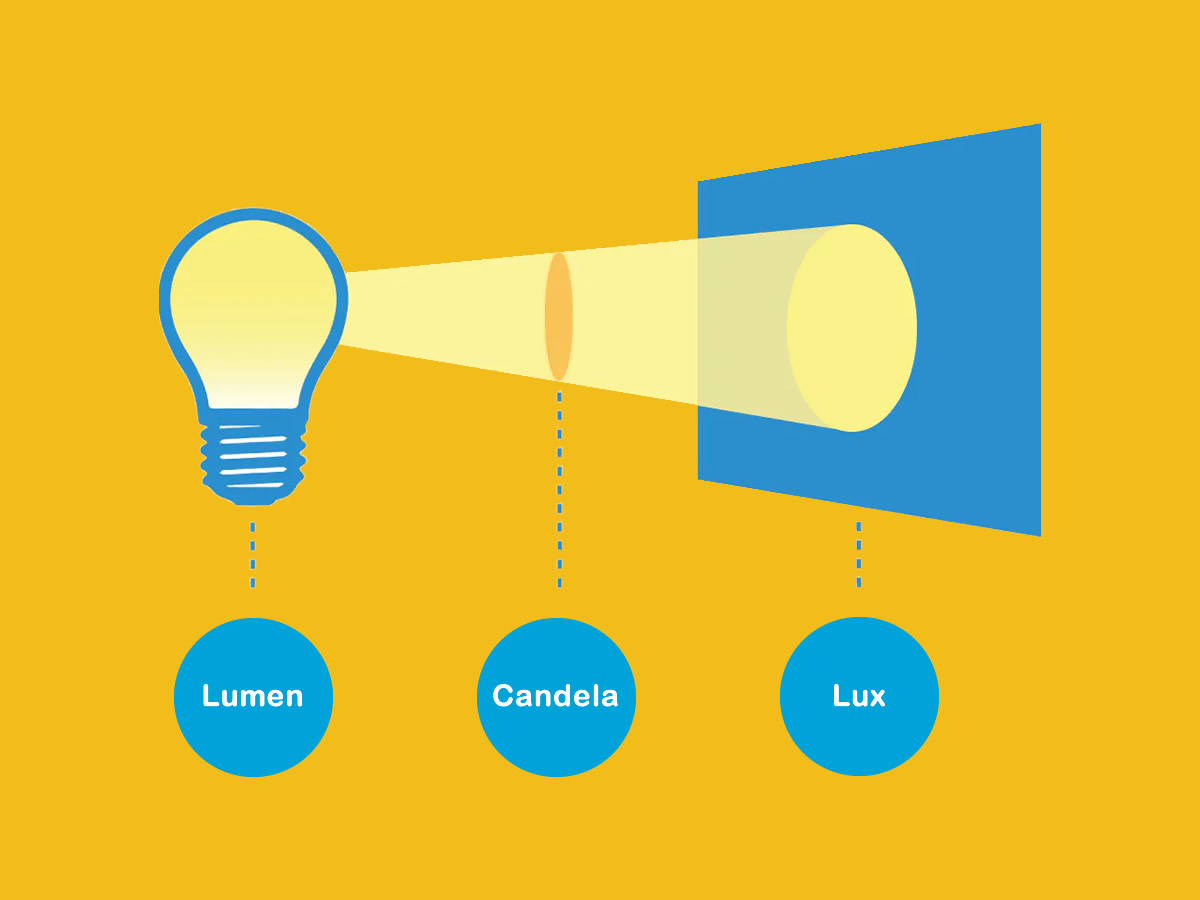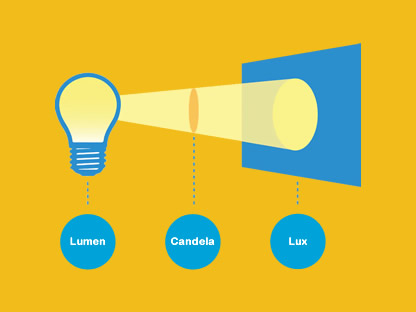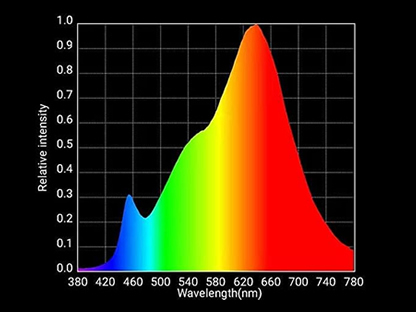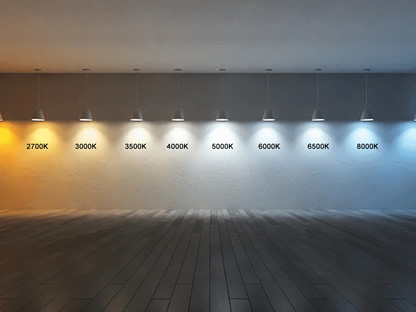
Appropriate Lighting Brightness for Spaces
Lighting should provide appropriate brightness tailored to each space and its intended use. The appropriate lighting brightness required in each environment is determined by considering factors such as the size of the space, the type of activities, and safety requirements. Below are guidelines for the lighting brightness required in various spaces.
Residential Space
Living Room: Approximately 150 lux or more (typically with ambient lighting)
Bedroom: Approximately 50 lux or more (lighting for a comfortable atmosphere)
Kitchen: Approximately 200 lux or more (bright lighting for cooking and dining activities)
Bathroom: Approximately 300 lux or more (bright lighting for clear visibility)
Commercial Space
Office: Approximately 300 lux or more (bright lighting for general office activities)
Store: Approximately 500 lux or more (bright lighting for product display and purchasing activities)
Meeting Room: Approximately 500 lux or more (bright lighting to maintain clear visibility and focus)
Public Facility
School: Approximately 300 lux or more (bright lighting for classes and learning activities)
Library: Approximately 300 lux or more (lighting for reading and studying)
Hospital: Approximately 500 lux or more (bright lighting for clear diagnosis and treatment)
Outdoor Space
Walkways and Roads: Approximately 10 lux or more (lighting for safe walking)
Parking Lots: Approximately 20 lux or more (bright lighting for safe parking and movement)
Parks and Gardens: Approximately 30 lux or more (bright lighting for outdoor activities and relaxation)
Additional Spaces
Factories and Warehouses: Approximately 300 lux or more (bright lighting for work and storage activities)
Gyms and Sports Facilities: Approximately 500 lux or more (bright lighting for exercise and activities)
Theaters and Performance Venues: Approximately 500 lux or more (bright lighting for performances and presentations)
Each space requires appropriate lighting brightness, and to meet these requirements, it is essential to plan and install lighting considering factors such as the position, installation height, and type of lighting. By selecting lighting based on these space-specific requirements, you can create a safe and comfortable environment.






